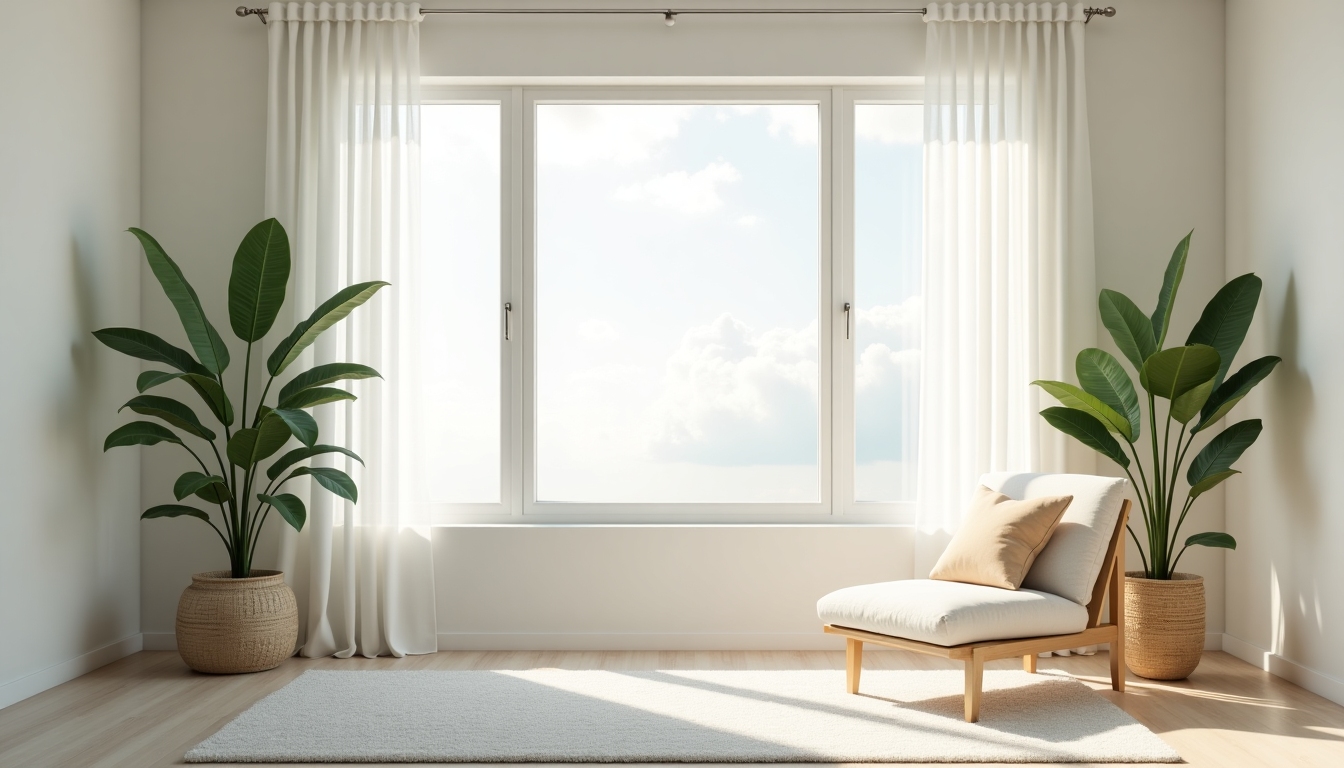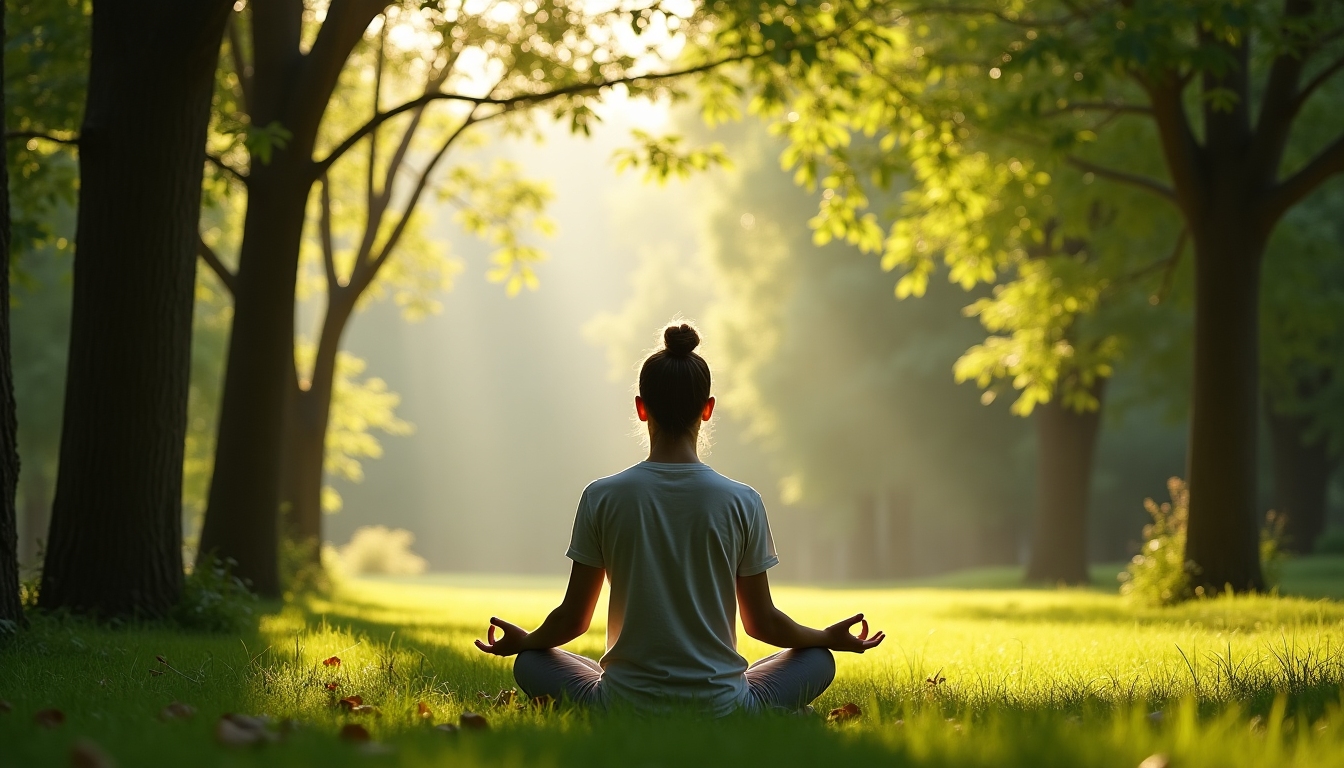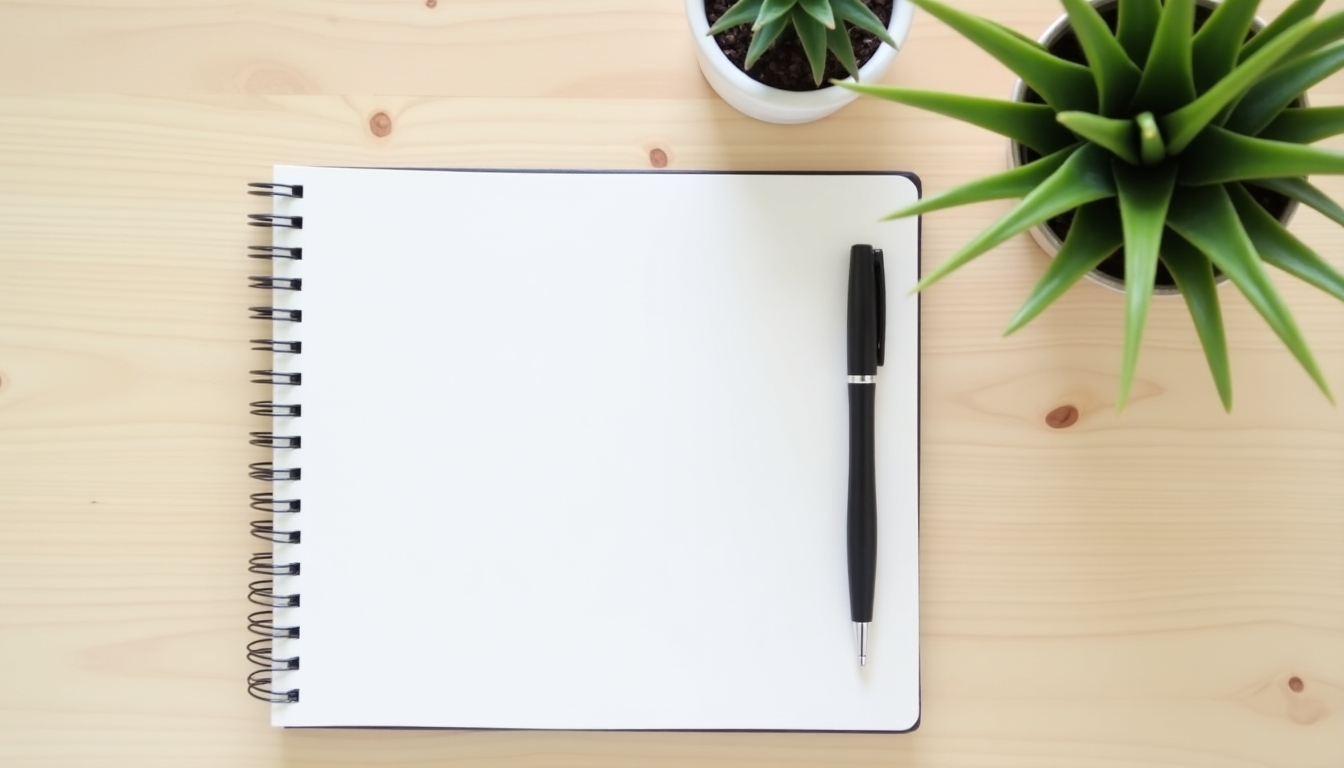Achtsamkeit Minimalismus: A Mindful Approach to a Simpler Life
In today's fast-paced world, "achtsamkeit minimalismus"—mindful minimalism—invites us to slow down, focus on what matters, and declutter our lives both mentally and physically.
The Essence of Achtsamkeit Minimalismus
Mindful minimalism encourages us to live intentionally, valuing quality over quantity. It's about making space—not just in our homes, but in our minds. - Mindful Living: Being present in each moment - Decluttering: Letting go of what no longer serves us - Intentional Choices: Opting for meaningful possessions and relationships

My Journey into Mindful Minimalism
My journey into "achtsamkeit minimalismus" began during a particularly stressful phase of my life when I felt overwhelmed with clutter, both physically and emotionally. I realized that the constant barrage of "stuff" and commitments was hindering my ability to feel grounded and at peace.
- Initial Steps: I began by identifying items that were merely taking up space and had no significant purpose or meaning.
- Mindfulness Practices: Incorporating daily meditation helped me stay present and resist the urge to accumulate more material items.
Tips for Practicing Achtsamkeit Minimalismus
- Start Small: Begin with a single room or area and focus on decluttering it completely before moving on.
- Ask Questions: Does this bring me joy? Do I need it? Will I use it?
- Digital Declutter: Apply minimalism to your digital life by organizing files and unsubscribing from unnecessary emails.
| Step | Action | Time Needed |
|---|---|---|
| Start Small | One room at a time | 1-2 hours |
| Mindfulness | Daily meditation sessions | 10-15 minutes |
| Digital | Weekly inbox cleanup | 30 minutes |

The Benefits of Achtsamkeit Minimalismus
Embracing this lifestyle comes with numerous benefits that extend beyond mere physical space:
Emotional Benefits
- Reduced Stress: Less clutter leads to a more peaceful mind.
- Increased Focus: Concentrate better on tasks and personal goals.
Physical Benefits
- Cleaner Spaces: Easier maintenance and more aesthetic environments.
- Less Consumption: Mindful choices lead to reduced waste and environmental impact.
Overcoming Challenges in Minimalism
The transition to a mindful minimalist lifestyle isn't without its challenges. Here are ways to overcome common hurdles:
- Emotional Attachments: It’s hard to let go. Acknowledge these feelings but focus on the bigger picture.
- Social Pressures: Society often equates possessions with success. Reframe success as living authentically to your values.

Achtsamkeit Minimalismus in Relationships
Embracing this lifestyle can significantly impact personal relationships by:
- Encouraging Quality Time: Focus on meaningful interactions rather than material gift-giving.
- Fostering Communication: Discuss living and spending goals with loved ones to ensure shared values.
Final Thoughts on Adopting Achtsamkeit Minimalismus
Minimalism mixed with mindfulness presents an opportunity to reclaim balance and authenticity in our lives. By carefully curating our environments and minds, we pave the way for a more fulfilling and conscious existence. As you embark on this journey, remember that minimalism is not about deprivation but about enhancing life with intention.
Recommended Readings
- "How Mindfulness Supports Minimalism"
- "The Journey: Embracing Minimalism at Home"
- "Finding Peace in Simplification: A Guide to Mindful Living"
